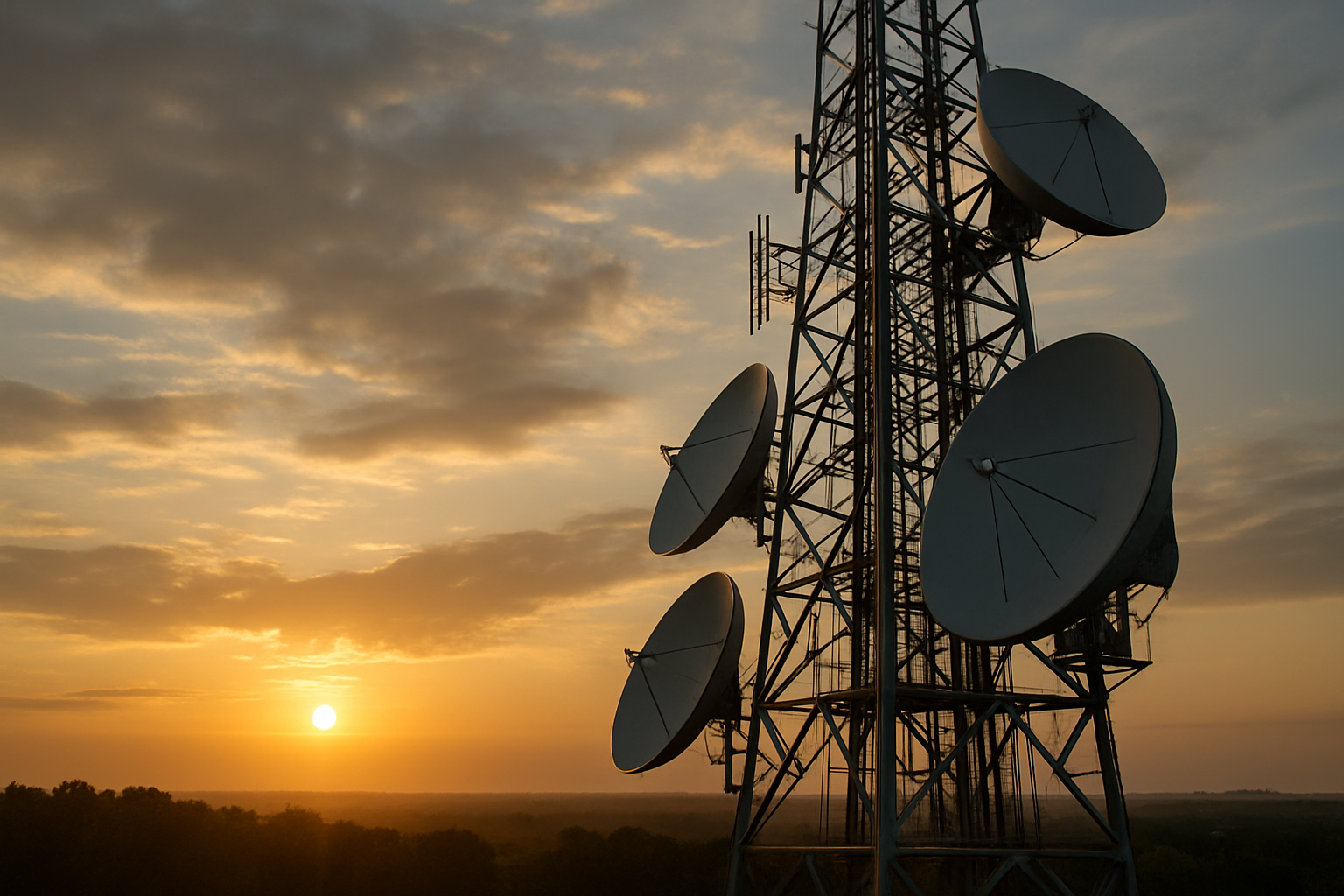Unraveling the Potential of Fixed Wireless Access (FWA)
Fixed Wireless Access (FWA) is not a new concept in the telecommunications industry. Its roots can be traced back to the 1990s when it was initially used to provide broadband internet in areas where cable and DSL were not available. The technology leverages radio signals to transmit data between two fixed points - the service provider's wireless base station and the customer's premises. Over the years, FWA has evolved significantly, with advancements in wireless technologies enhancing its capabilities and expanding its applications.

The Current Landscape: FWA in Today’s Digital Age
In the current digital age, FWA is experiencing a resurgence, driven by the increasing demand for reliable, high-speed internet connectivity. The technology has emerged as a viable alternative to traditional wired broadband, particularly in areas where laying cables is challenging or cost-prohibitive. Moreover, with the advent of advanced wireless technologies, FWA now offers speeds that rival, and in some cases, surpass those of wired broadband.
The Regulatory Environment: Shaping the Future of FWA
The regulatory environment plays a crucial role in shaping the future of FWA. Governments and regulatory bodies worldwide are recognizing the potential of FWA to bridge the digital divide and are implementing policies to promote its adoption. For instance, the Federal Communications Commission (FCC) in the United States has been actively auctioning spectrum specifically for FWA to encourage competition and drive innovation in the sector.
The Impact of FWA: A Game-Changer in Connectivity
FWA is proving to be a game-changer in the connectivity landscape. It offers a cost-effective solution for delivering high-speed internet in rural and remote areas, thereby addressing the digital divide. Moreover, FWA can be quickly deployed, making it an ideal solution for temporary events or disaster recovery. However, like any technology, FWA also faces challenges. These include signal interference, line-of-sight requirements, and the need for robust backhaul infrastructure.
The Practical Applications: FWA in Action
FWA is finding applications across various sectors. In the education sector, it is enabling remote learning by providing reliable internet connectivity to students in rural areas. In the healthcare sector, FWA is facilitating telemedicine, allowing patients in remote areas to consult with doctors virtually. Businesses are also leveraging FWA to establish reliable internet connectivity in remote offices or temporary work sites.
In conclusion, FWA is a promising technology that holds immense potential in the evolving telecommunications landscape. As advancements continue and regulatory support increases, FWA is poised to play a pivotal role in shaping the future of connectivity.





